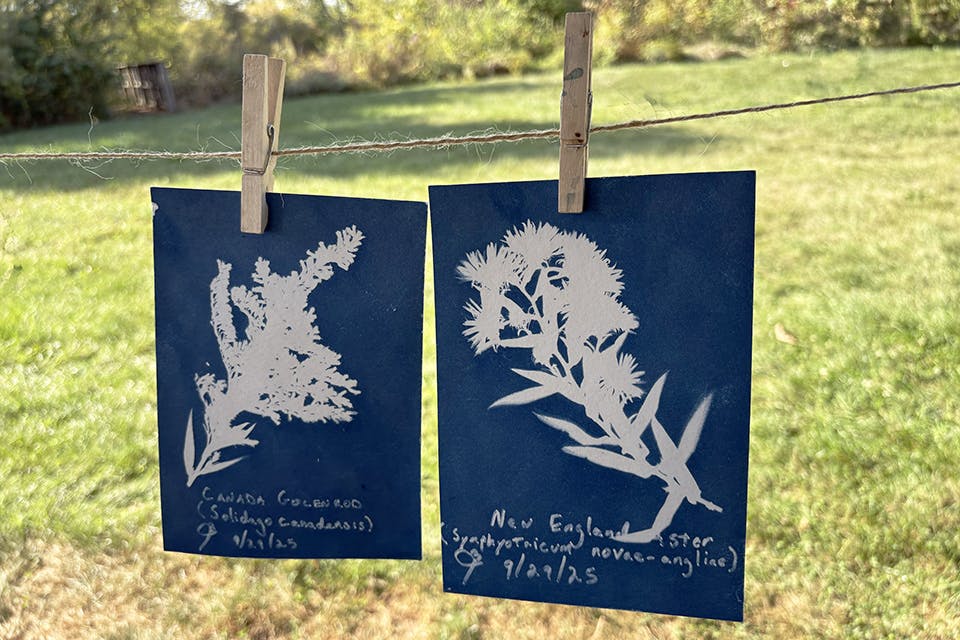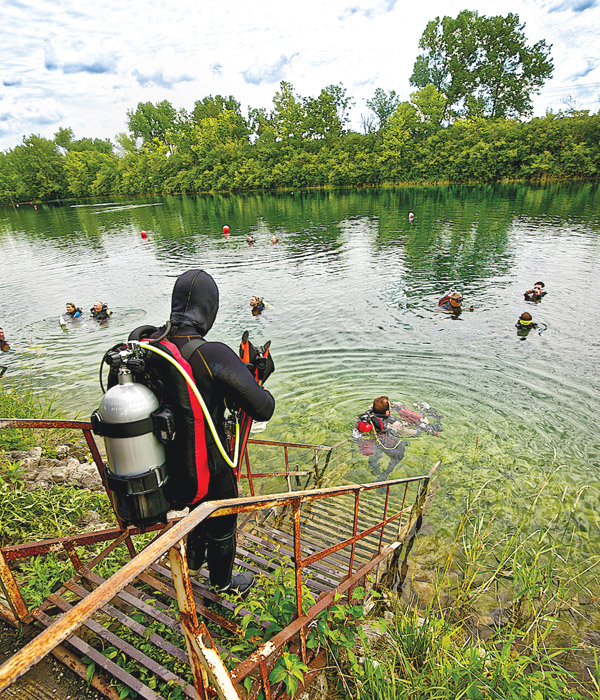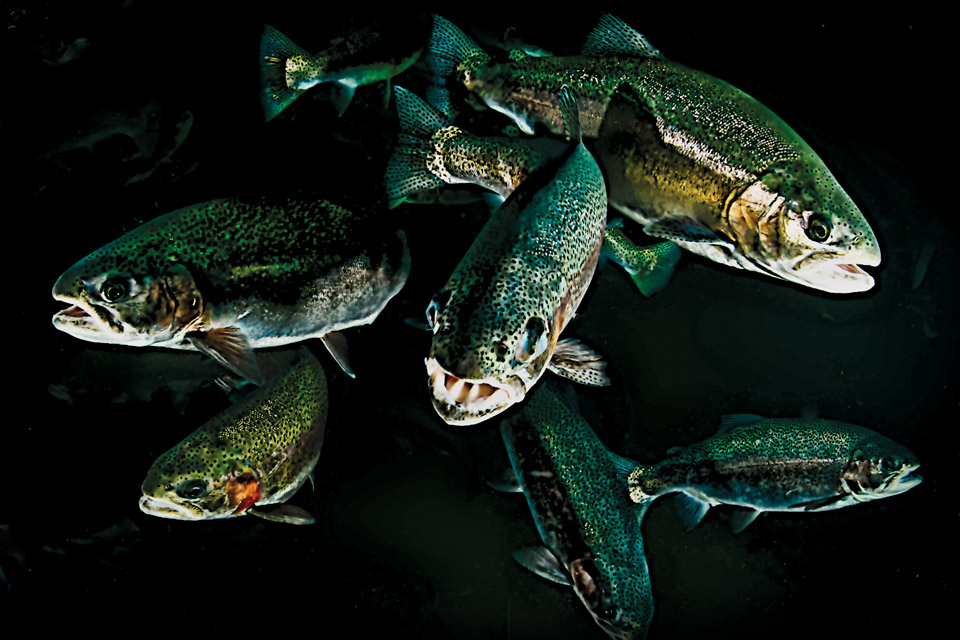Ohio Life
The Alluring Underwater Photography of Scuba Diver Mark Thomas
Scuba diver Mark Thomas of Hilliard documents the wonder of Ohio’s water-filled quarries while teaching others how to do the same.
Related Articles

Explore a 19th-Century Form of Photography in Marion
“Grasses in Sun and Shadow” showcases the art of cyanotypes at The Ohio State University at Marion from Oct. 21 through Nov. 13. READ MORE >>

Take a Fall Color Tour of Ohio
Autumn is the most beautiful time of year here, so we asked photographers across the state to share a favorite image of the season and the story behind it. READ MORE >>

Two Photographers Share the Quiet Beauty of Ohio’s Cemeteries
Take a glimpse into This Place of Silence, a book featuring the work of photographers Ian Adams and Randall Lee Schieber, whose images encapsulate the majesty, history and tranquility of Ohio’s cemeteries. READ MORE >>






